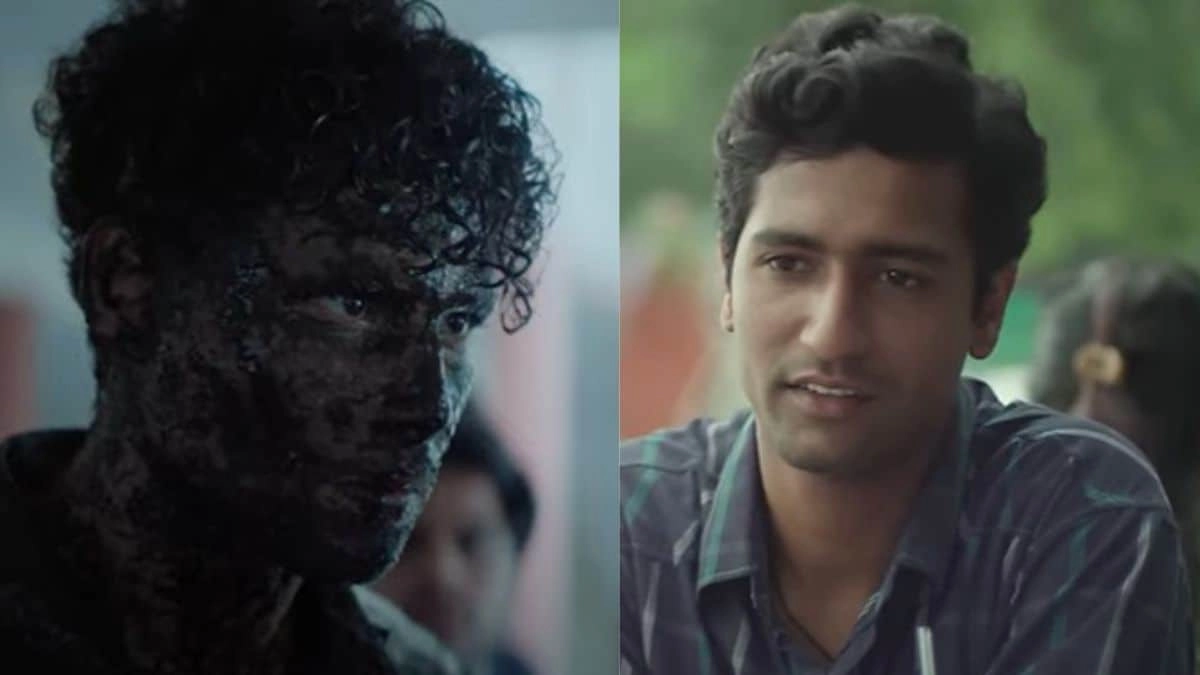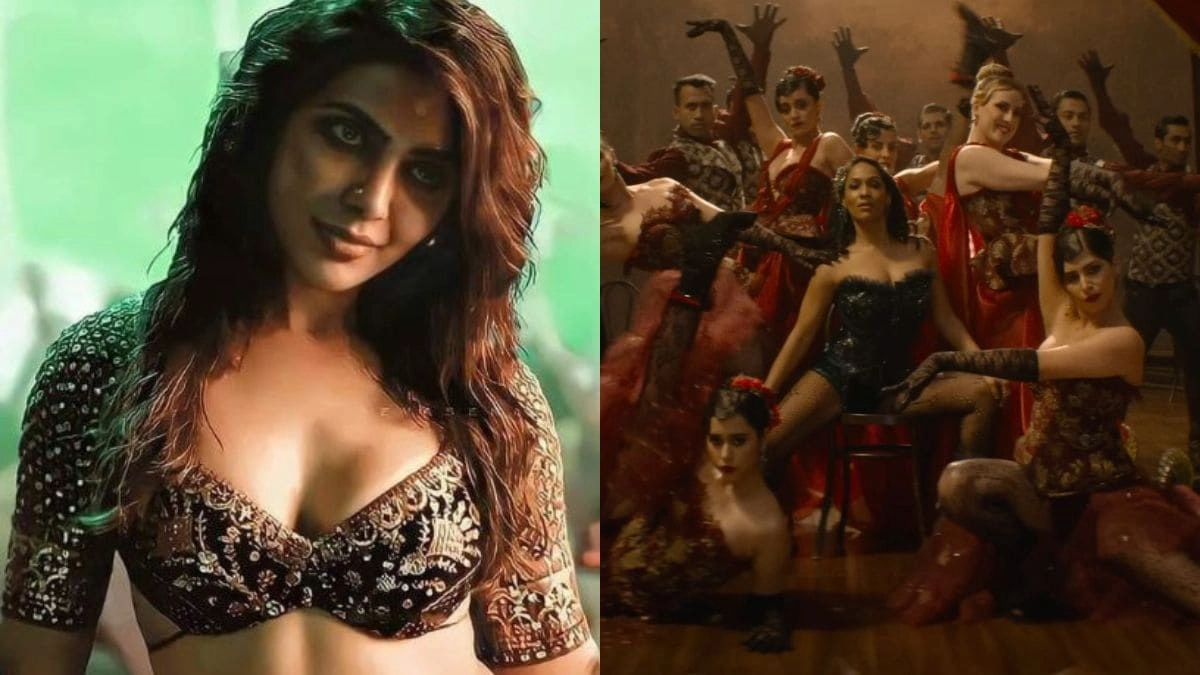The representation of Dalit identity in Indian cinema has historically been marginalized, often relegated to the periphery of mainstream narratives. However, films like “Newton,” “Masaan,” “Kaala,” and “Dhadak 2” have emerged as significant cultural texts that challenge these longstanding stereotypes and bring Dalit experiences to the forefront. These films engage deeply with the complexities of caste dynamics, offering a nuanced exploration of the socio-political realities faced by Dalit communities. By weaving stories that resonate with the struggles and aspirations of Dalit individuals, these narratives serve not only as a form of entertainment but also as a powerful tool for social critique.
“Newton,” for instance, portrays the challenges of conducting free and fair elections in a remote tribal area, highlighting the intersections of bureaucracy, caste, and identity. The protagonist’s journey reveals the systemic obstacles faced by marginalized groups, prompting viewers to question the efficacy of democratic processes in a deeply stratified society. Similarly, “Masaan” confronts the harsh realities of caste discrimination and the lingering stigma associated with death and mourning in Dalit communities. Through its poignant storytelling, the film captures the aspirations of its characters, emphasizing their humanity and individuality in a world that often seeks to dehumanize them.
“Kaala” takes a more direct approach, using the backdrop of Mumbai’s Dharavi slum to address issues of land rights and social justice. The film’s protagonist, a powerful figure in the community, embodies the resistance against systemic oppression, showcasing the strength and resilience of Dalit identity. This portrayal serves to inspire a sense of pride among Dalit audiences, while also challenging the hegemonic narratives that often depict them as passive victims. Meanwhile, “Dhadak 2,” while primarily a romantic drama, subtly integrates themes of caste and class, shedding light on the societal pressures that shape interpersonal relationships.
These films collectively represent a significant shift in the cinematic landscape, where Dalit narratives are no longer confined to the shadows but are actively brought into the spotlight. By centering Dalit voices and experiences, filmmakers are not only expanding the scope of Indian cinema but also fostering a broader dialogue about caste, identity, and social justice. This cultural reawakening is crucial for promoting awareness and understanding, ultimately contributing to a more inclusive society where diversity is celebrated and respected. Through such cinematic endeavors, the complexities of Dalit identity are illuminated, paving the way for future narratives that continue to challenge the status quo and advocate for equity and justice.




